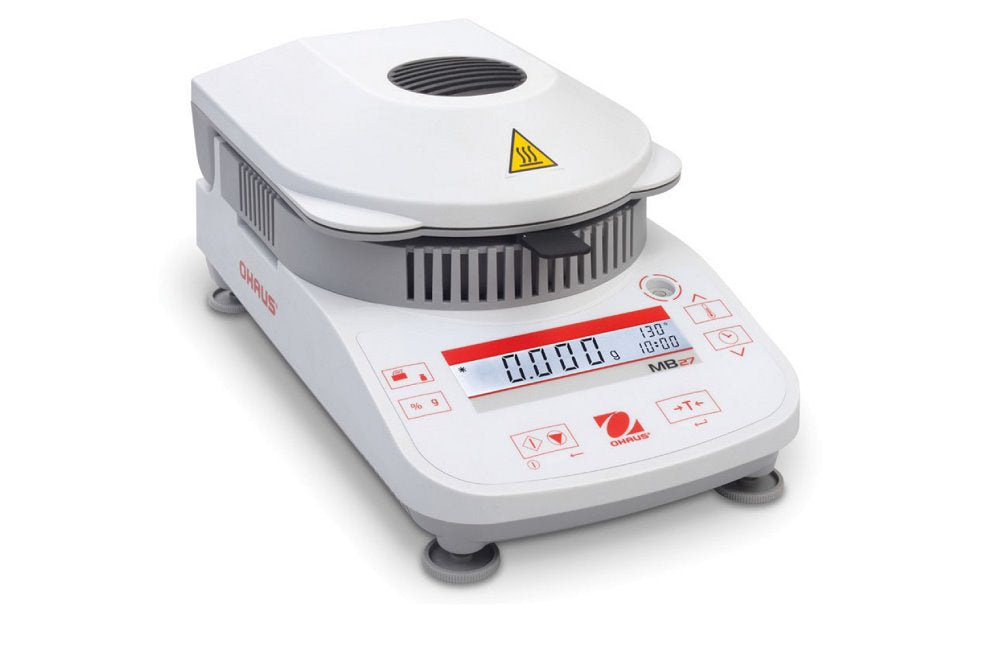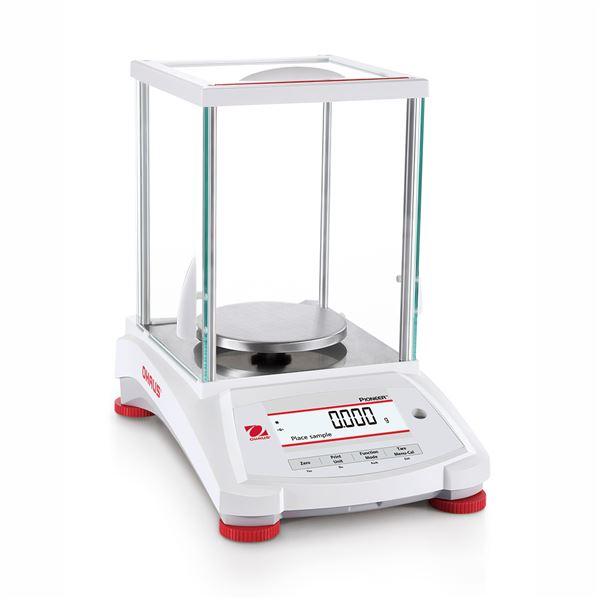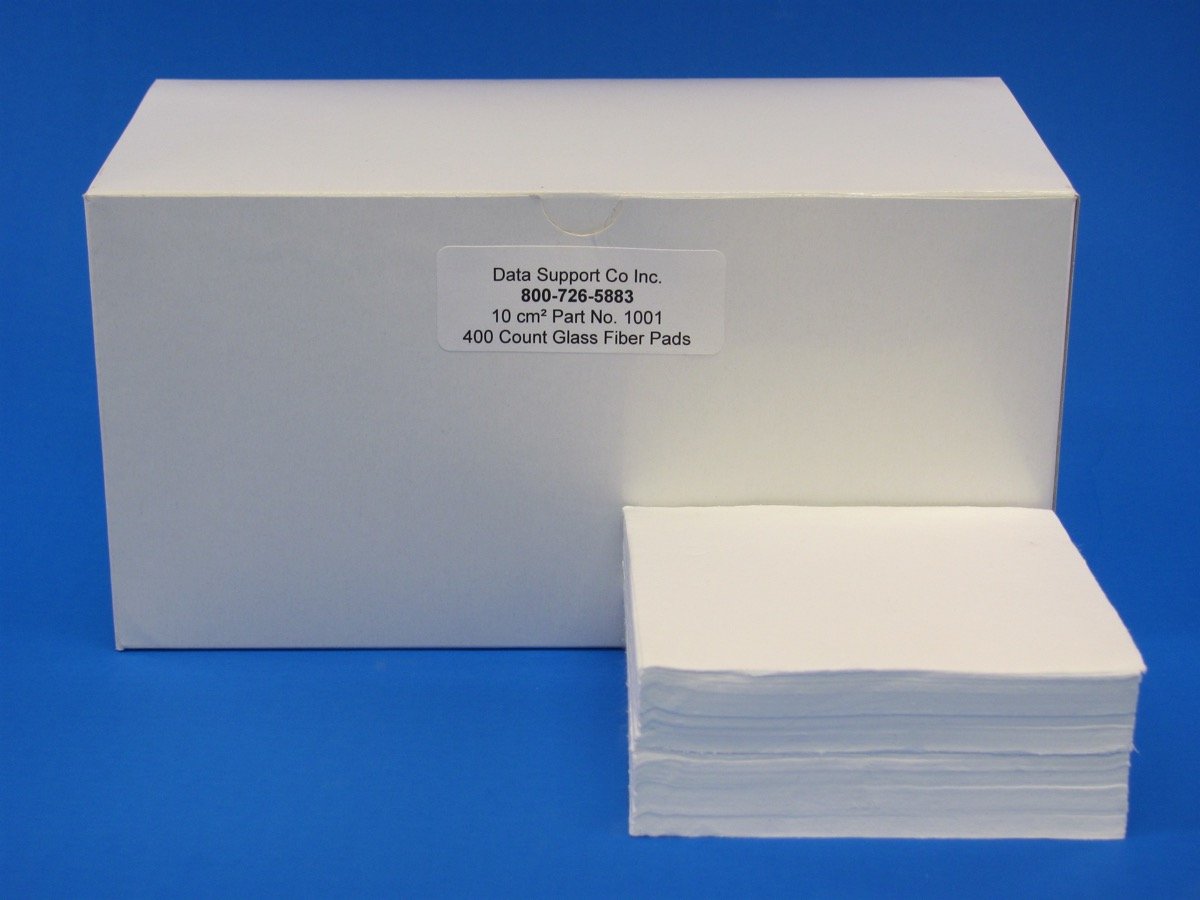Looking for the right weights for scales? This guide simplifies selecting the best calibration weights for ensuring accurate measurements. Learn about the different types, weight classes, and materials suited for your specific needs and how to maintain them.
Key Takeaways
-
Calibration weights are essential for verifying the accuracy of scales and must be selected based on scale type, weight class, and environmental factors.
-
Regular calibration is crucial to maintain the accuracy and reliability of weighing equipment, with professional services recommended for optimal results.
-
Proper handling, storage, and cleaning of calibration weights are vital to ensure their longevity and accuracy, including the use of gloves and dust-free environments.
Understanding Calibration Weights

Calibration weights are indispensable tools in the realm of precision measurement. They are used to adjust and verify the accuracy of scales, ensuring that the readings are as accurate as possible. Whether dealing with electronic or mechanical weighing equipment, calibration weights ensure that the devices provide reliable results.
Choosing the right test weights involves considering multiple factors, such as the type of scale, the weight class, and the environment in which the measurements will be taken. These elements are key to maintaining the accuracy and reliability of weighing instruments.
Types of Calibration Weights
Calibration weights are crafted from materials like stainless steel and cast iron, each offering distinct advantages. Stainless steel weights are renowned for their durability and resistance to corrosion, making them ideal for laboratory settings where precision is critical. On the other hand, cast iron weights, while more economical, may not offer the same level of precision but are still valuable for many applications.
These weights are classified by organizations such as ASTM, OIML, and NIST, which define their precision levels and appropriate applications. These classifications guide the selection of the right weight for specific needs, ensuring accurate scale calibration.
Weight Classes
Calibration weights are categorized into several classes, including NIST, ASTM, and OIML, each indicating different levels of accuracy. These classifications dictate the tolerance levels and applications for which the weights are suitable.
For instance, ASTM Class 000 weights are preferred for high-precision laboratory use due to their minimal tolerance levels. These weight classes assist in selecting weights that match the required accuracy for various applications.
Nominal Weight and Accuracy
Nominal weight refers to the specified mass that calibration weights should match to ensure accurate scale readings. This target mass is crucial for verifying the precision of scales, ensuring that the measurements remain consistent and reliable.
The correct nominal weight is essential for consistent and accurate measurements, whether in scientific experiments or industrial applications. This understanding aids in selecting the right calibration weight that aligns with the scale’s specifications.
Selecting the Right Test Weights for Your Scales

Selecting the right test weights involves understanding the scale’s intended application and load capacity. It’s not a one-size-fits-all scenario; the correct choice ensures that calibration is both accurate and effective.
Considering the application and load capacity ensures that the selected test weights meet the required accuracy standards. This section will guide you through the essential factors to consider when choosing test weights.
Scale Capacity and Test Weights
A scale’s maximum capacity dictates the range of test weights that can be used effectively for calibration. The appropriate test weight corresponds to the scale’s classification and its maximum load capacity.
Identifying the specific requirements based on the scale type and application is key to choosing the right test weight. This ensures that the calibration process is accurate and reliable.
Different Types of Test Weights
Test weights are classified into different groups, including nist class. These groups range from Class 1 to Class IIII. Each class serves different applications, from laboratory settings requiring high precision to industrial environments.
Choosing the appropriate class of test weight is crucial for accurate measurements tailored to specific applications. Understanding these classes helps in making informed decisions about the right type of test weight for your needs.
Material Considerations
The material of the test weight is another critical factor to consider. Stainless steel is often favored for its resistance to corrosion, making it suitable for various environments. Cast iron, on the other hand, provides durability and stability, particularly in laboratory settings where precision is critical.
Understanding the intended application and environment helps in choosing the most suitable material for test weights, ensuring long-term accuracy and reliability.
The Importance of Regular Scale Calibration

Regular calibration is essential for maintaining the accuracy and reliability of weighing equipment. Over time, the accuracy of scales can decrease due to wear and external factors, making routine calibration a critical practice.
Calibration weights verify the precision of scales, ensuring accurate functioning across various sectors, from laboratories to industrial applications. This section emphasizes the importance of regular calibration practices.
Ensuring Consistent Accuracy
Periodic calibration enhances the reliability of measurements, ensuring that results from different balances remain consistent. Regular checks prevent measurement discrepancies and maintain high levels of precision in weighing instruments.
Accredited calibration services ensure compliance with industry regulations and provide reliable calibration data. This helps in achieving consistent accuracy over time.
Calibration Frequency
The frequency of calibration should be determined based on risk factors, such as the likelihood of errors and their potential impact. High-usage equipment requires more frequent calibration checks to maintain accuracy.
Considering usage intensity, environmental conditions, and industry standards helps set an appropriate calibration schedule to prevent measurement drift and ensure reliable results.
Professional Calibration Services
Professional calibration services offer several benefits, including improved accuracy and compliance with industry standards. These services ensure that calibration weights are kept in optimal condition and provide accurate results.
Storing weights in a stable environment near the balance and using proper cleaning methods helps maintain their accuracy. This section guides when to seek professional help for calibration needs.
How to Handle and Store Calibration Weights

Proper handling and storage of calibration weights are crucial to maintain their accuracy and longevity. Using tools like tweezers and gloves can prevent contamination from oils and dirt. Storing calibration weights in dust-free, dry environments using protective containers ensures they remain in optimal condition for accurate readings.
This section provides practical tips for handling and maintaining calibration weights.
Proper Handling Techniques
Always use clean tools such as forceps or tweezers to avoid direct contact with calibration weights. Handling weights with bare hands can contaminate them, affecting their accuracy. Using gloves and tweezers significantly helps in preventing the transfer of oils, dirt, and contaminants onto calibration weights.
Maintaining the integrity of calibration weights requires proper handling techniques.
Storage Solutions
Calibration weights need to be stored properly. They should be kept in a clean, dry, and stable environment. Using the original packaging or lined protective cases can prevent contamination and physical damage.
The use of appropriate storage containers ensures the long-term integrity and accuracy of calibration weights. This section offers advice on the best storage practices.
Cleaning and Maintenance
Cleaning calibration weights with a soft, lint-free cloth is essential to maintain their accuracy and prevent contamination. Regular cleaning ensures that weights remain in optimal condition for accurate measurements.
Specialized brushes gently remove dust or fingerprints from calibration weights before use, maintaining their accuracy. This section provides tips for regular maintenance routines.
Purchasing Calibration and Test Weights

High-quality, certified weights are crucial for accurate calibration and testing of scales. It’s important to acquire calibration weights from reliable suppliers to ensure accuracy and quality.
This section guides readers on purchasing the right calibration and test weights, covering identification of needs, selection of trusted suppliers, and request for certificates.
Identifying Needs
Choosing suitable test weights depends on the scale weights’ capacity and intended applications, which is crucial for accurate calibration. A scale’s capacity directly influences the choice of test weights.
Materials like stainless steel and cast iron offer specific advantages in various environments when selecting test weights. This section helps readers determine their specific needs for calibration weights.
Trusted Suppliers
Reputable suppliers often offer weights that come with appropriate certifications to ensure quality and reliability. Choosing well-established and recognized suppliers ensures measurement accuracy.
This section advises readers on how to choose reputable suppliers for calibration weights, emphasizing the importance of quality and reliability.
Requesting Certificates
A calibration certificate verifies the accuracy and traceability of purchased weights. Calibration certificates confirm the accuracy and traceability of weights, ensuring compliance in various applications.
This section guides readers on obtaining these certificates to ensure their calibration weights meet accuracy and traceability standards.
Summary
Summarize the key points covered in the article, reinforcing the importance of using the right calibration weights and regular calibration practices. This section should leave the reader with a clear understanding of how to ensure accurate measurements and why it matters.
End with an inspiring note to encourage readers to apply what they have learned in their own settings.
Frequently Asked Questions
Why are calibration weights important?
Calibration weights are crucial for ensuring the accuracy and reliability of weighing equipment, which guarantees precise measurements in various applications. Their proper use is fundamental to achieving consistent and trustworthy results.
How often should I calibrate my scales?
You should calibrate your scales regularly, as the frequency depends on usage intensity, environmental conditions, and industry standards. This helps to prevent measurement drift and ensures reliable results.
What are the different types of calibration weights?
Calibration weights are primarily made from materials such as stainless steel and cast iron, and they are classified according to precision levels by organizations like ASTM, OIML, and NIST. This classification ensures they are suitable for specific applications.
How should I handle and store calibration weights?
To ensure the accuracy and longevity of calibration weights, handle them using tools like tweezers and gloves to prevent contamination, and store them in dust-free, dry environments within protective containers.
Where can I purchase reliable calibration weights?
You can purchase reliable calibration weights from reputable suppliers like A&D, Ohaus, and Rice Lake Weighing, which offer high-quality, certified options. Ensuring you choose established suppliers is essential for accuracy and quality.





